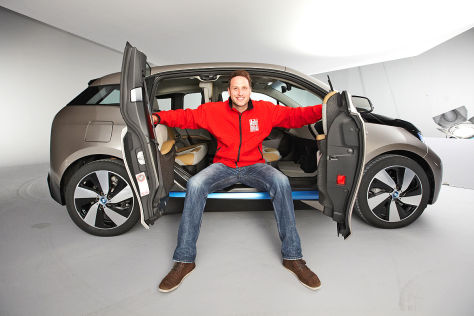alohart
Well-known member
RealOEM.com confirms that there are right- and left-side versions of the 428 and 429 wheels (i.e., if they're mounted on the opposite sides, they would look different). The first photo below is the way my and almost all 429 wheels are mounted judging by the photos I've seen. The second photo shows the 429 wheels mounted on the opposite sides which I think looks much more dynamic. This is also the way that almost all 428 wheels are mounted judging by the photos I've seen. Mounted this way, the spoke ends near the wheel rim trail the spoke ends near the centers as if the wheel speed when the car is rolling forward is causing the outer ends of the spokes to lag behind the center ends. I plan to swap my wheels from side to side to get this more dynamic look. I wonder why BMW chose the more dynamic rotation direction for the 428 wheels but not the 429 wheels.
Also, the tread pattern of the 19" Bridgestone Ecopia tires isn't symmetric. When I view the tread area from the front of the car, the concave side of the horizontal tread cuts in the area closest to the outside edge of the right tire points down whereas it points up on the left tire. I could not find any directional arrows on the tires, so I guess Bridgestone doesn't consider them to be directional, but the tread meets the road in different ways on the right and left tires which I find odd.
Just a couple of observations from someone who must have too much time on his hands…

Standard - rotation direction looks backward to me

Better - rotation direction looks forward to me
Also, the tread pattern of the 19" Bridgestone Ecopia tires isn't symmetric. When I view the tread area from the front of the car, the concave side of the horizontal tread cuts in the area closest to the outside edge of the right tire points down whereas it points up on the left tire. I could not find any directional arrows on the tires, so I guess Bridgestone doesn't consider them to be directional, but the tread meets the road in different ways on the right and left tires which I find odd.
Just a couple of observations from someone who must have too much time on his hands…

Standard - rotation direction looks backward to me

Better - rotation direction looks forward to me


